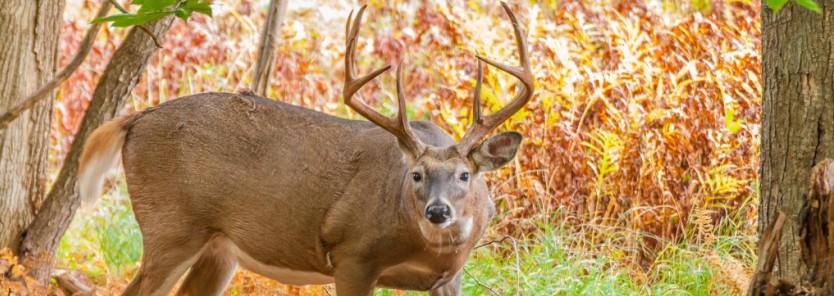Whitetails use their extremely sophisticated sense of smell in every part of their life so learning to play the wind, or possibly more importantly, how whitetails play the wind, is vital to consistent hunting success. How do we know what the wind might be doing? The Weather Channel can give you a general idea, but at your hunting area, or even more so at your exact ambush location, influences from thermal current, physical barriers like ridges or trees, and different temperatures emanating from many sources like water, rocks or dark conifer trees can cause the air to flow in the completely opposite direction than you may expect.
As humans we are very visual, we have to “see it to believe it.” Some hunters lick their finger and stick it in the air to find out the wind direction. However, that’s only the direction in that one exact spot, three feet away it may be flowing in the reverse direction. Purchasing a wind detection device such as a puffer or duster, or using small flecks of down or un-scented cotton can teach exactly what the wind is doing for some distance – for as far as you can see the particles. You would be amazed if you haven’t used a device like this, the wind stream often flows like river currents where you may have an eddy, a dead spot or a whirlpool effect.
If you’re resourceful, some cattail duff or milkweed seeds also make perfect wind detection tools. Or if you want to go the technical route, a device like the Firefly Electronic Wind Detector will give you precise wind direction within seconds. However, here again, it’s only what the wind is doing at that one exact point. Not only are these tools essential for physically playing the wind while hunting, but once you’re able to watch the currents for some time you will begin to understand whitetail movement better.







